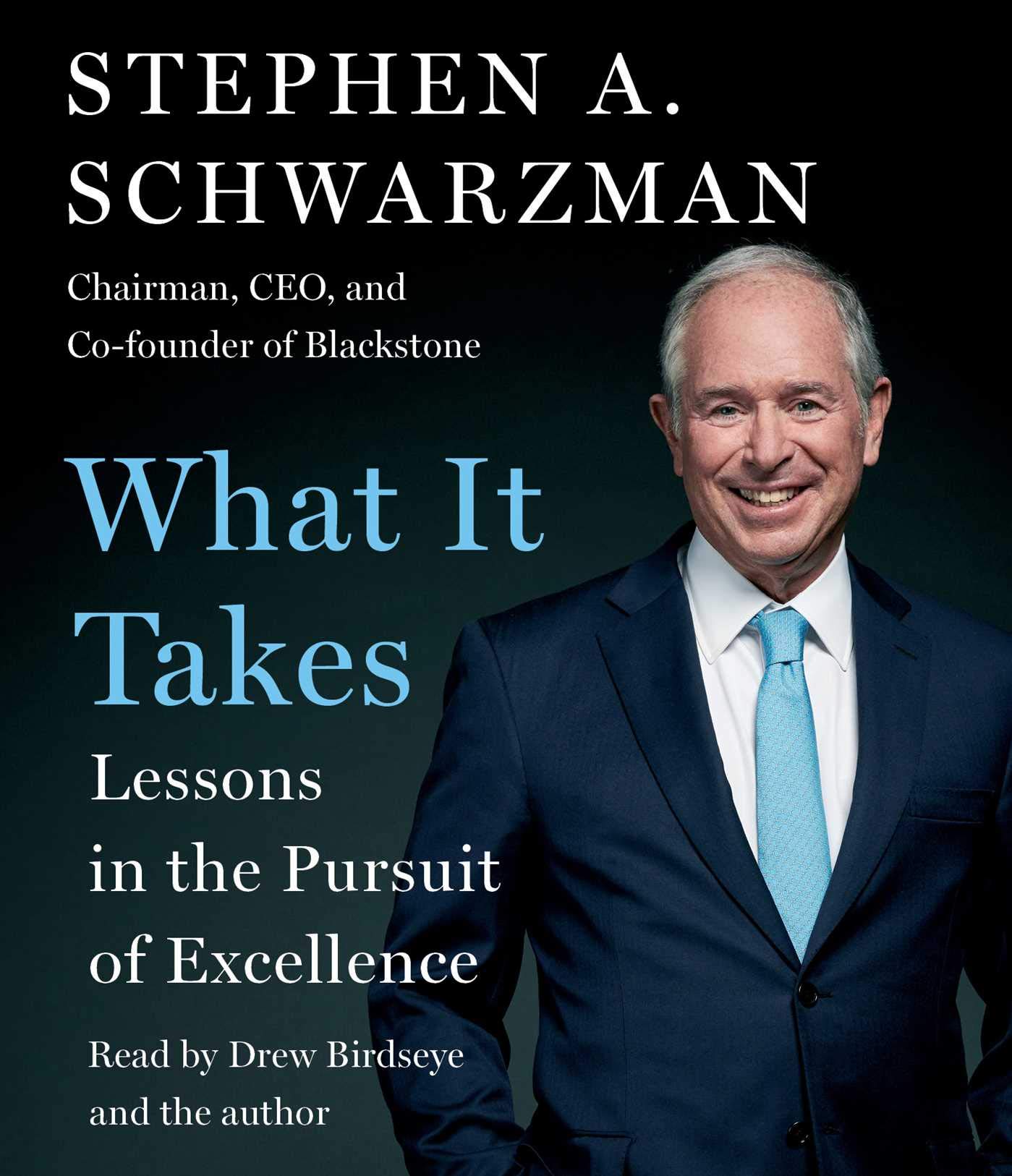In this excerpt from What it takes, the CEO and co-founder of Backstone brings clarity to economic cycles and how to deal with them effectively in investments.
The success of any investment depends in large part on where you are in the cycle when you make it. Cycles can have a major impact on the growth trajectory of a business, the valuation, and, of course, the potential rate of return. We routinely discuss cycles as part of our investment process. Here are my simple rules for identifying market tops and bottoms:
1. Market tops are relatively easy to recognize. Buyers generally become overconfident and almost always believe “this time is different.” It’s usually not.
2. There’s always a surplus of relatively cheap debt capital to finance acquisitions and investments in a hot market. In some cases, lenders won’t even charge cash interest, and they often relax or suspend typical loan restrictions as well. Leverage levels escalate compared to historical averages, with borrowing sometimes reaching as high as ten times or more compared to equity. Buyers will start accepting overoptimistic accounting adjustments and financial forecasts to justify taking on high levels of debt. Unfortunately most of these forecasts tend not to materialize once the economy starts decelerating or declining.
3. Another indicator that a market is peaking is the number of people you know who start getting rich. The number of investors claiming outperformance grows with the market. Loose credit conditions and a rising tide can make it easy for individuals without any particular strategy or process to make money “accidentally.” But making money in strong markets can be short-lived. Smart investors perform well through a combination of self-discipline and sound risk assessment, even when market conditions reverse.
All investors will tell you that markets are cyclical. Yet many behave as if they don’t know this. In my career, I have seen seven major market declines or recessions: 1973, 1975, 1982, 1987, 1990–1992, 2001, and 2008–2010. Recessions happen.
Market bottoms can be difficult to detect as markets are declining and the economy weakens. Most public and private investors buy too early and underestimate the severity of recessions. It’s important not to react too quickly. Most investors don’t have the confidence or discipline to wait until a cycle fully plays out. These investors suffer by not maximizing the profit they would have otherwise made from executing the same idea at a later point.
Timing the bottom of a cycle isn’t easy, and it’s often a bad idea to try in any case. The reason is that it typically takes a year or two for an economy to really emerge from a recession. Even when a market starts turning around, it still takes time for asset values to recover. This means you could be investing at the bottom with no return for some period of time. This happened to investors who started purchasing Houston office buildings in 1983 after oil prices collapsed and the market hit bottom. Ten years later, in 1993, these investors were still waiting for prices to recover.
The way to avoid this type of situation is to invest only when values have recovered at least 10 percent from their lows. Asset values tend to increase as economies gain momentum. It’s better to give up the first 10 to 15 percent of a market recovery to ensure that you are buying at the right time.
While most investors say they are interested in making money, they are actually interested in psychological comfort. They would rather be part of the herd, even when the herd is losing money, than make the hard decisions that yield the greatest rewards. Doing what everyone else is doing seems like a way to avoid blame. These investors tend not to invest aggressively near market bottoms, but instead do it at market tops, where it makes little sense. They like the comfort and reassurance of watching assets go up. The higher prices go, the more investors convince themselves that they will continue appreciating. This same phenomenon explains why it’s almost impossible to bring an IPO to market near the bottom of a cycle. But as a cycle grows riper, the number, size, and valuations of IPOs explode.
Cycles are ultimately powered by all types of supply and demand characteristics. By understanding and quantifying them, you can be well positioned to identify how close you are to a market top or bottom. In real estate, for example, building booms are stimulated when existing buildings are being valued at significantly more than replacement cost because developers understand that they can build a new building and sell it for more than they paid. This is a brilliant strategy if only one building is being constructed. But almost every developer can see the same opportunity to make what they think will be easy money. If a large number of them start building at the same time, you can easily predict that supply will overwhelm demand and the value of buildings in that market will decline, most likely precipitously.
The idea that no one can see bubbles, as one former chairman of the Federal Reserve once announced, simply isn’t true.

